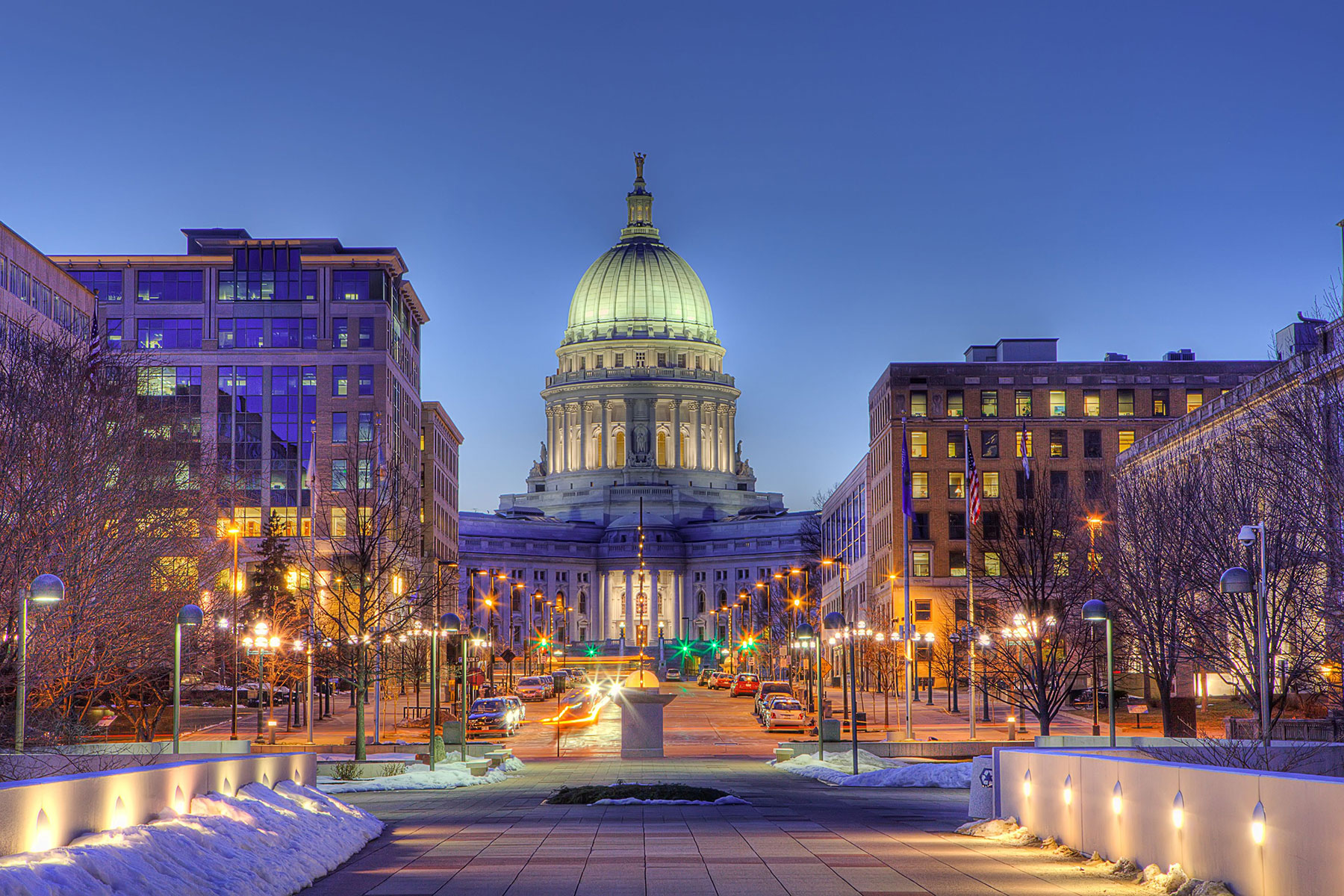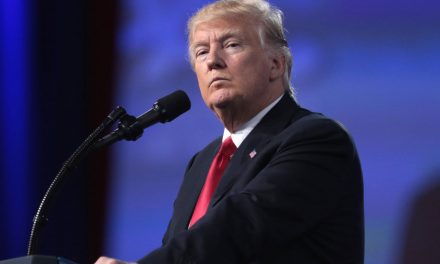
Democrats side with Wisconsinites over foreign corporation, wanting to invest in state-based businesses and communities rather than writing $3 billion check to Taiwanese manufacturer.
On August 17, joined by a handful of out-state Republicans, members of the Assembly Democratic caucus voted against Special Session Assembly Bill 1 which gives up to $3 billion in taxpayer dollars and guts countless environmental regulations to lure Taiwanese manufacturer, Foxconn, to Southeast Wisconsin. Since existing corporate handouts most likely negate any potential state income tax liability, Foxconn could receive upwards of $3 billion in cash from state taxpayers for building a manufacturing plant exempt from significant environmental protections in southeastern Wisconsin and creating an unspecified number of jobs that do not have to be filled by Wisconsin workers.
Rep. Chris Taylor (D-Madison), Rep. Jonathan Brostoff (D-Milwaukee), Rep. Melissa Sargent (D-Madison), Rep. Sondy Pope (D-Mount Horeb), Rep. Lisa Subeck (D-Madison), Rep. Terese Berceau (D-Madison) and Rep. Amanda Stuck (D-Appleton) released the following statement:
“Today, we proudly stood united for Wisconsin communities, Wisconsin small businesses, Wisconsin public schools and Wisconsin families in voting against a $3 billion massive corporate tax giveaway to a foreign corporation. Under the Foxconn scheme, millions of dollars in each budget for the next fifteen years will be drained from our schools, from our roads and bridges, and from our local small businesses to pad the pockets of a Taiwanese billionaire with a history of polluting rivers and abusing workers.
“There is no guarantee Wisconsinites will ever receive one dime in return. About the only guarantee Wisconsinites have received is that this corporation will be allowed to pollute our wetlands and streams with little environmental oversight.
“We all want to create good paying, long-lasting, family-supporting jobs. Unfortunately, this ‘deal’ feeds the profits of a foreign corporation from the kitchen tables of every Wisconsinite. We will continue to advance policies which actually invest in the people of our state, rather than a foreign corporation.”
Claim: Foxconn will invest $10 billion in constructing a new plant in Wisconsin
- Foxconn has not invested $10 billion over the last five years on all of its factories combined.
- The more Foxconn spends on infrastructure, the less likely it will be adding actual human jobs as the significant infrastructure spending would be for automation. Foxconn has rapidly moved towards automation in recent years replacing 60,000 workers in 2016 with robots.
- In the past year, Foxconn has pledged investments of $5 billion investment in India; $3.65 billion in Kunshan, China and $8.8 billion in Guangzhou, China. Including the pledge of $10 billion in Wisconsin, Foxconn has pledged $27.5 billion in this year alone. This would be more than they have spent over the past 23 years.
Claim: Foxconn will create 13,000 jobs
- Foxconn Chairman Terry Gou made no reference to the number of jobs the facility would create.
- And in a news release, Foxconn was notably more measured than Governor Walker was, using the word “potential” in saying the plant would “create 3,000 jobs with the potential to grow to 13,000 new jobs.”
- President Trump used the same word, saying 3,000 jobs would be created “at a minimum, with the potential for up to 13,000 jobs in the very near future.”
- The company has said the plant would employ 3,000 workers at the beginning but the state’s agreement in principle with Foxconn has no minimum jobs requirement.
- If Foxconn spends $10 billion, the only way to make it economically viable is to keep the numbers of workers low and lean on automation to enhance productivity. If the LCD factory happens, it will be either labor intensive or highly automated. It will not be both.
Claim: Foxconn jobs will pay an average $53,900 a year
- Foxconn has told the state that plant salaries would start at $41,600.
- Of the 13,000 “potential” jobs, 75% of the jobs would be hourly operators and techs, presumably starting at $41,600, which would make the median wage at Foxconn $41,600.
- However, any job paying $30,000 or more would qualify for the state incentives. A $30,000 job at Foxconn would mean that given the state 17% subsidy, Foxconn would be paying a little more than $12 per hour.
Claim: Foxconn has to create jobs to get the cash payments
- Under the Foxconn bill, the company could get up to $1.35 billion in cash for making the full investment in the plant and robots, even if the market changes and the company is forced to abandon the plant.
Claim: It will take 25 years to recoup state taxpayer investment
- According to the LFB, under the best case scenario, it would take 25 years to recoup the $2.85 million of taxpayer investment assuming:
- The company invests $10 billion.
- 10,200 construction workers and suppliers earning an average of $59,600 per year during the four year construction period (2018-2021).
- 13,000 direct jobs at an average of $53,875 per year are in place and filled by calendar year 2021. This includes 1,040 jobs in place and filled by June of 2017.
- 22,000 indirect jobs averaging $51,000 per year are in place and filled by calendar year 2021.
- If Foxconn falls short of job targets but still invests $10 billion (think robots) the pay back date could be closer to 2075.
Claim: Wisconsin will develop a supply chain for the LCD panels produced at Foxconn
- Creating an entire supply chain requires the kind of low-skill assembly line jobs that Apple now offshores to countries like China for compensation well below minimum pay in the U.S.
- As a result, it is unclear whether the company will even source its LCD panels from the Wisconsin factory. There are hundreds of parts that go into LCD panel production. It is unrealistic to have a supply chain by definition in the United States in 2017 and beyond.















